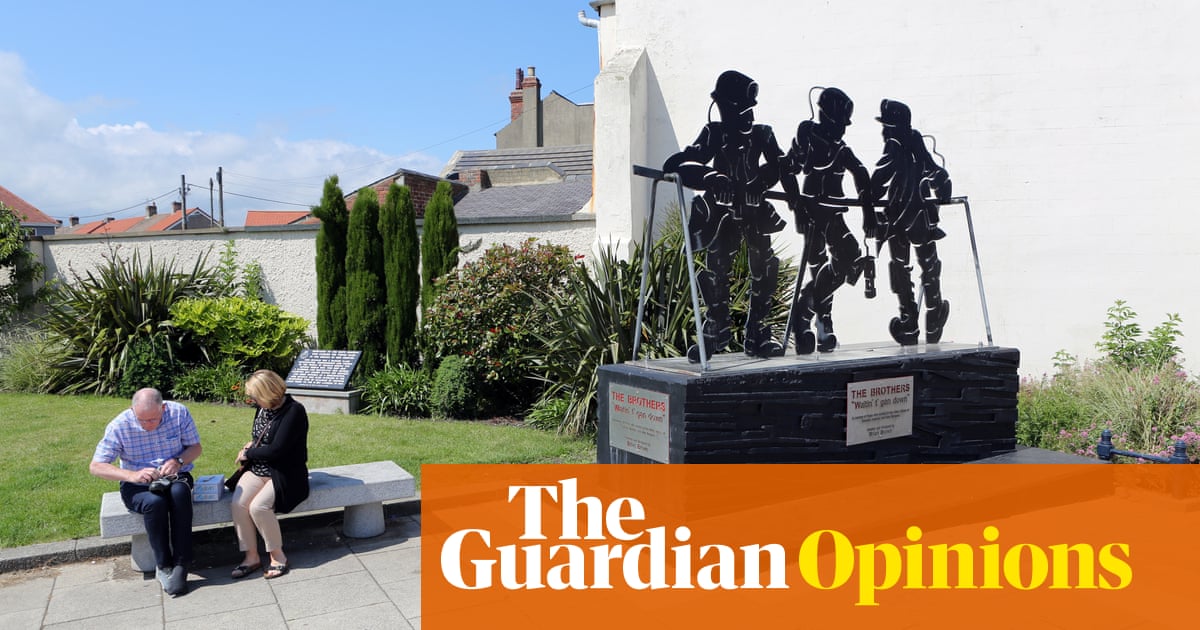
In one of his most recent works, the renowned Italian anthropologist Vito Teti argues that the social value of nostalgia has been underrated and misunderstood. “It’s not about imagining a return to the past,” he writes at the beginning of Nostalgia: Anthropology of a Feeling in the Present. “We can never turn around and go back. It’s about regarding the past with pietas [dutiful respect] for that which was and wasn’t, and also with consideration, perhaps via possible utopias, for the unrealised potential of men and women who once existed.”
Prof Teti has explored such ideas in relation to his home region of Calabria, where a long history of migration has created towns which could be thought of as prototype “left-behind” communities. His insights have now been deployed in research by a group of University College London academics, focused on the north-east of England. In Social Infrastructure and Left Behind Places, which will be published next month, a persuasive case is made for “productive nostalgia” in places that have not been treated kindly by the 21st century.
Undertaking a “deep place” study of Sacriston – a former mining village that is still attempting to recover from de-industrialisation – the authors provide a stirring account of placemaking against the odds. Their conclusions are both uplifting and challenging. The study features a remarkable Edwardian map, illustrating the plethora of communal institutions that once stitched together the village’s social life. Churches, chapels and the union lodge were eventually supplemented by a library and reading room, cinemas and the pivotal Co-op store. Funding for these institutions was principally raised by the miners themselves, and they were a deep source of pride and self-affirmation. But by the early 2000s they had mostly disappeared and the splendidly appointed Co-op building was derelict.
A familiar story and a sad one. But in Sacriston, collective memory is helping to reinvent the ethos of mutual assistance that defined the 20th-century Durham coalfield. A successor building to the old literary institute has opened to host new cultural activity, its forecourt featuring an old colliery pit-wheel. The Co-op building has been successfully taken over by a community interest company. Social enterprises working within it now provide services such as a boxing gym, out-of-school activities and a woodworking training course.
Admirable as they are, the economics of sustaining these initiatives is precarious in the extreme. The study recommends a new focus on ongoing revenue support for such social enterprises, but perhaps the most important takeaway is the importance of local “placemakers” who know the contours of their community, are passionately committed to its long-term future, and have chosen to stay when it might have been easier to leave. Devolving centralised power and influence downwards to them is the first prerequisite of meaningful regeneration.
In another of his books, Stones into Bread, Prof Teti suggests that the act of “staying behind” can be as adventurous and brave as travelling and starting afresh somewhere else. That is also a neglected truth. In communities showing resilience in the face of harsh circumstances, those who stay or return home deserve to be better supported. Following the depressingly hollow outcomes of Tory levelling up, the experience of Sacriston points to a better way.
The Guardian view on local nostalgia: a potential community asset - The Guardian
Read More
No comments:
Post a Comment